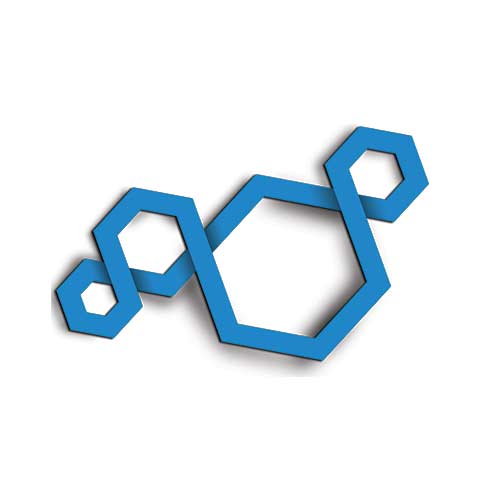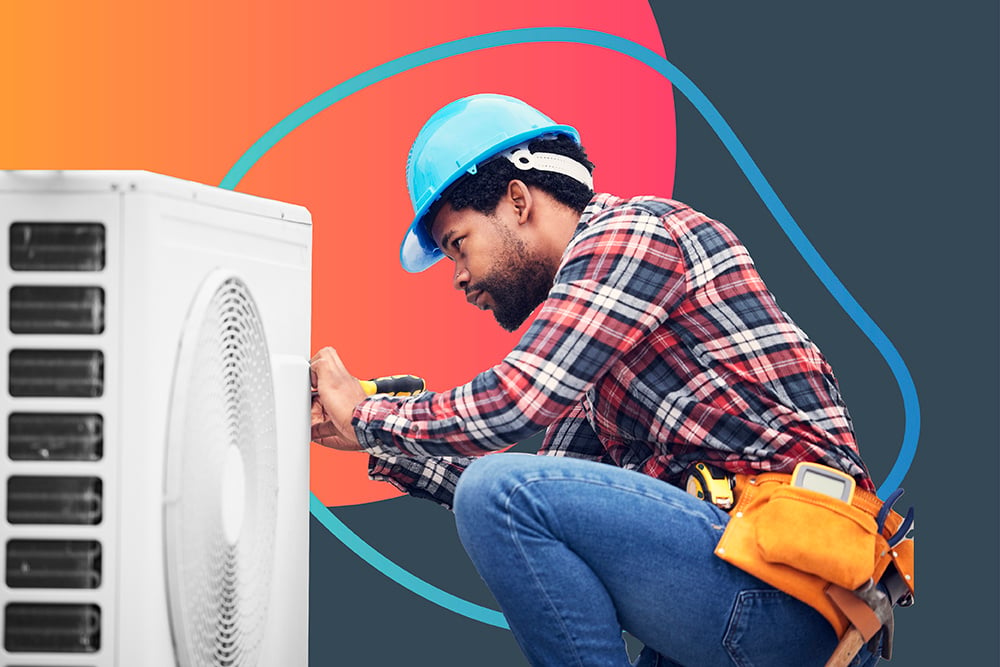Top 5 Field Service Trends in 2020
Note: See our newer post, Top Field Service Management Technology Trends for 2024. In the beginning of the year we prepared this post to anticipate...
5 min read
 ServicePower
:
October 09, 2020
ServicePower
:
October 09, 2020

While parts of the United States are still in the first wave of the coronavirus, there could already be a second wave of COVID-19 around the corner. Andrew Noymer, an epidemiologist at the University of California at Irvine, explains, “I expect fall waves starting in mid-October and getting worse as fall heads into winter.” With colder weather forcing people indoors and respiratory viruses like influenza beginning to circulate, the fall presents a troublesome combination that could exacerbate an already precarious health crisis.
What does this mean for the field service industry?
As we learned from the first wave of the coronavirus pandemic, field service companies are considered an essential service, and they will remain open despite possible shelter-in-place orders and non-essential business closures. This means that field service companies will continue to perform in-home repair services during the second surge of the pandemic, and that they must be prepared for the safety challenge ahead. By learning from service operations and best practices during the first wave, field service companies can better understand how to approach in-home services during the second wave to ensure both technicians and customers are safe. Here are 5 tips to help your field service company provide safe in-home repairs during the next wave of COVID-19.
5 Tips for Safe In-Home Repairs During the Next Wave of COVID-19
1. Implement a Daily Screening QuestionnaireClosely monitoring the health of your field service technicians will be critical to providing safe service during the second wave of the coronavirus. With field service technicians entering the private homes of your customers (who may or may not be sheltering-in-place), it is important that both the technicians and customers are not contagious with the virus. By implementing a daily screening questionnaire for your field service technicians before they perform in-home repairs, you can monitor if they are experiencing any coronavirus symptoms and assess the best course of action moving forward. In addition, asking your customers to fill out a screening questionnaire before accepting your technician into their private space will help mitigate exposure. As illustrated by the Center for Disease Control (CDC), a screening questionnaire should include the following questions:
If your technician answers yes to any of the above questions, it is not safe for them to perform the service job. If your customer answers yes to any of these questions, it is not safe to move forward with the appointment that day. In either case, the at-risk individual should be advised to go straight home immediately if they are not already, and to contact their primary care provider for guidance regarding testing.
2. Advise Technicians to Get This Year’s Flu ShotIt is a good idea for all field service technicians to receive a flu shot before the second wave of the coronavirus hits. In fact, the CDC recommends that everyone over six months of age get a flu vaccination every fall (preferably by the end of October), and “because of the COVID-19 pandemic, reducing the spread of respiratory illnesses, like flu, this fall and winter is more important than ever.” Health experts say that seasonal influenza can make individuals more susceptible to other pathogens, potentially the coronavirus. What’s more, the seasonal flu and COVID-19 both target the lungs, and if an individual were to contract both they “could get into trouble faster” explains Charles Chiu, MD, PhD, and infectious disease expert. By asking your technicians to receive this year's flu vaccination, you can help mitigate the risk of seasonal flu and coronavirus when your technicians perform in-home repairs.
3. Practice COVID-19 PrecautionsAs we learned during the first wave, physical distancing, hand-washing, and mask-wearing are a few of the safety practices essential to mitigating the risk of exposure to the coronavirus. However, with technicians entering customer’s homes for in-home repairs, there are a few additional precautions to employ. For instance, your field service company should share an established set of guidelines that illustrate exactly how a technician should handle entering a customer’s home, fixing the appliance, and exiting the home safely. The blog post, Field Service & COVID-19: Keeping Technicians and Customers Served and Safe, explains these guidelines in more detail. With vigilant and repeatable processes in place, your field service company will be prepared to seamlessly serve your customers during the second wave of the coronavirus.
4. Utilize Technology to Limit Exposure to COVID-19 HotspotsTechnology will be critical to ensuring the safety of your technicians and your customers during the second wave of COVID-19. For instance, modern field service software, such as ServiceInsight, allows for agile zip code management to prevent exposure to COVID-19 hotspots. This means that your field service company can block technicians from entering or leaving zip codes flagged as COVID-19 hotspots, mitigating exposure from areas that are known to be highly contagious. As hotspots fluctuate, the excluded zip codes can be updated to seamlessly reflect the current safety situation. In addition, you can make sure that technicians are dispatched to service homes in the closest geographies near them, minimizing the risk of exposure to the communities inside those zip codes. With real-time tracking, you can also pinpoint technician locations in the case of an outbreak, seeing exactly where they were in the days leading up to the illness. Technology will play an important role in managing and tracking the travel of technicians during the second wave of COVID-19, as well as enabling effective communication.
5. Maintain Clear and Open CommunicationAs illustrated in the blog, Top Five Field Service Trends in 2020, the first wave of COVID-19 has accelerated the digital transformation in the field service industry and it doesn’t look like it’s slowing anytime soon. With the extra complexity of in-home repairs during the pandemic, your customers are looking for a seamless experience that doesn’t require them to pick up the phone and speak to someone. Customers now expect field service companies to provide them with digital channels for communication, such as a customer portal. This empowers customers to learn more about your services and protocols regarding in-home repairs during the pandemic, and opens a line of communication between your customers and technicians.
Encouraging clear and open communication is important now more than ever, and easy-to-use digital communication channels foster a better and safer customer experience. By using a field service software with a customer portal you can help your customers and technicians align their expectations regarding the upcoming in-home repair, helping resolve any stress or confusion related to the COVID-19 pandemic. Now is the time to prepare for the second wave of the coronavirus, and leveraging field service software with easy-to-use digital communication is essential to ensuring open communication about safety and expectations.
Key Takeaways for Safe In-Home Repairs During the Next Wave of COVID-19
With the second wave of the coronavirus around the corner, it is time to make a plan about how your company will approach in-home repairs safely. By following these five tips, you can help your field service company take the necessary precautions to keep your technicians and customers safe:
1. Implement a Health Screening Questionnaire for Technicians and Customers
2. Advise Technicians to Get This Year’s Flu Shot
3. Practice COVID-19 Precautions
4. Utilize Technology to Limit Exposure to COVID-19 Hotspots
5. Maintain Clear and Open Communication
To learn more about field service management during the COVID-19 pandemic, read ServicePower’s COVID-19 Post-Pandemic Preparedness Guide.

Note: See our newer post, Top Field Service Management Technology Trends for 2024. In the beginning of the year we prepared this post to anticipate...

Scheduling Optimization and Route Optimization Software In 2020, it is essential that your field service company starts adapting to the...

Effective field service management requires the ability to prioritize day-to-day tasks that will drive revenue for your company. However, many field...